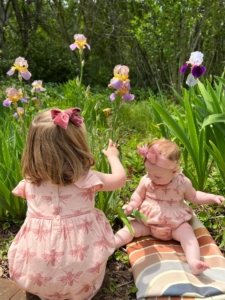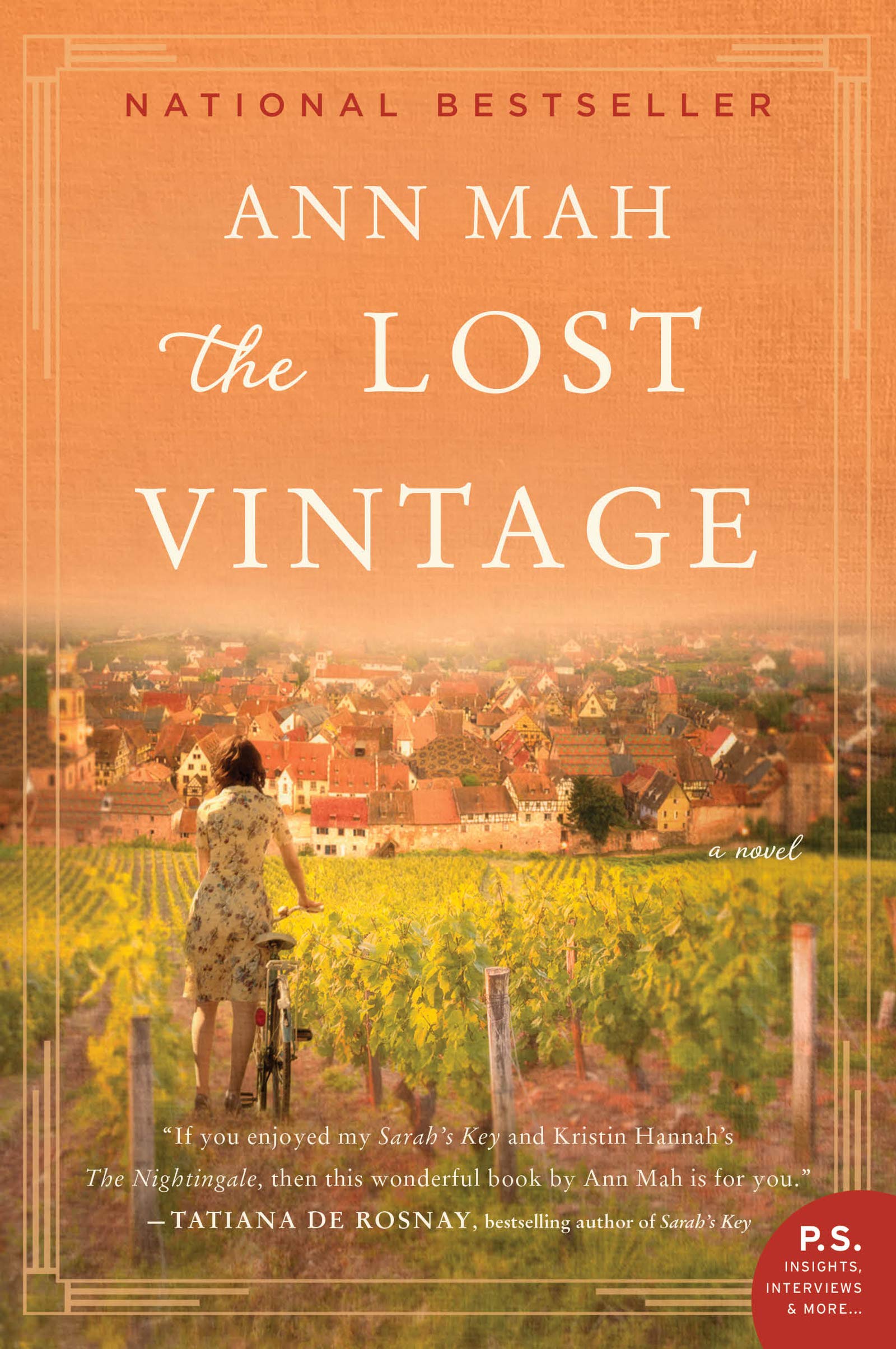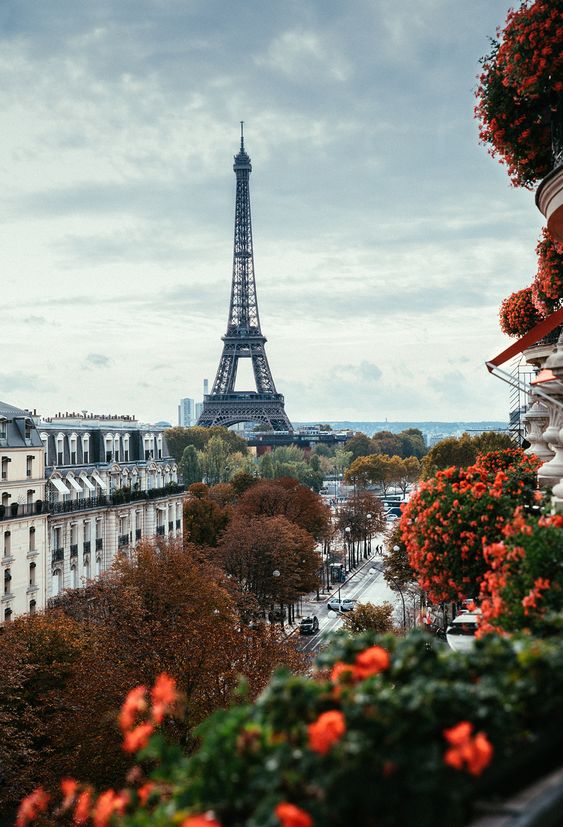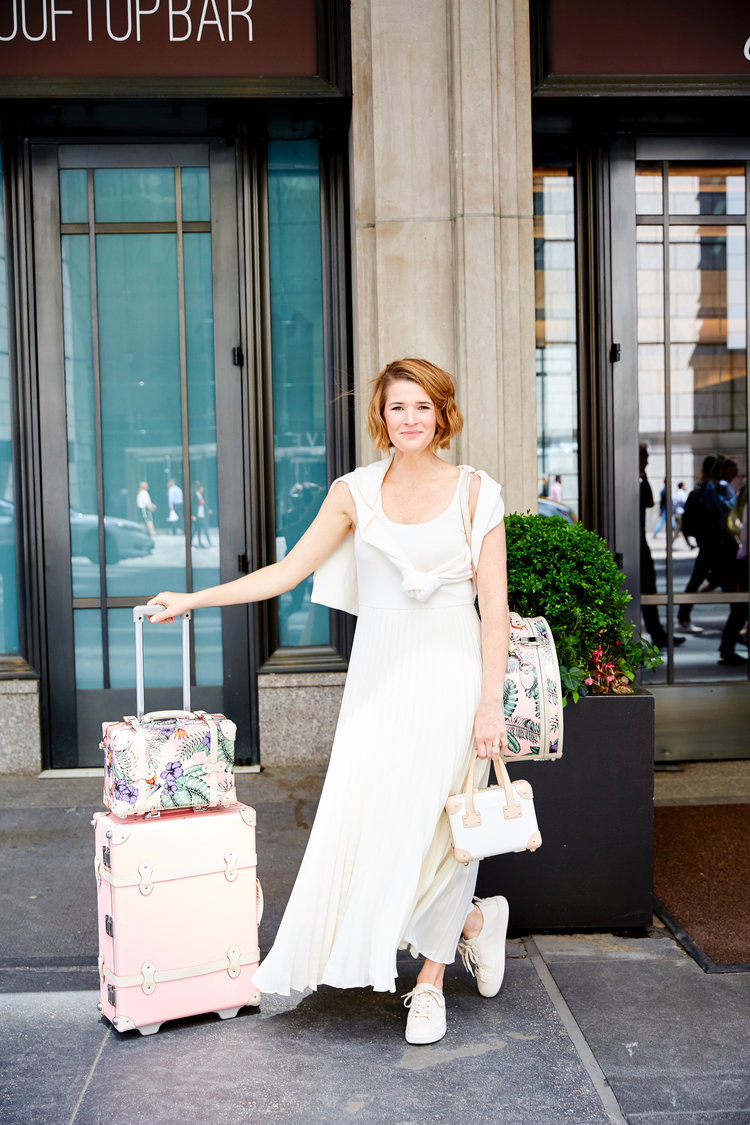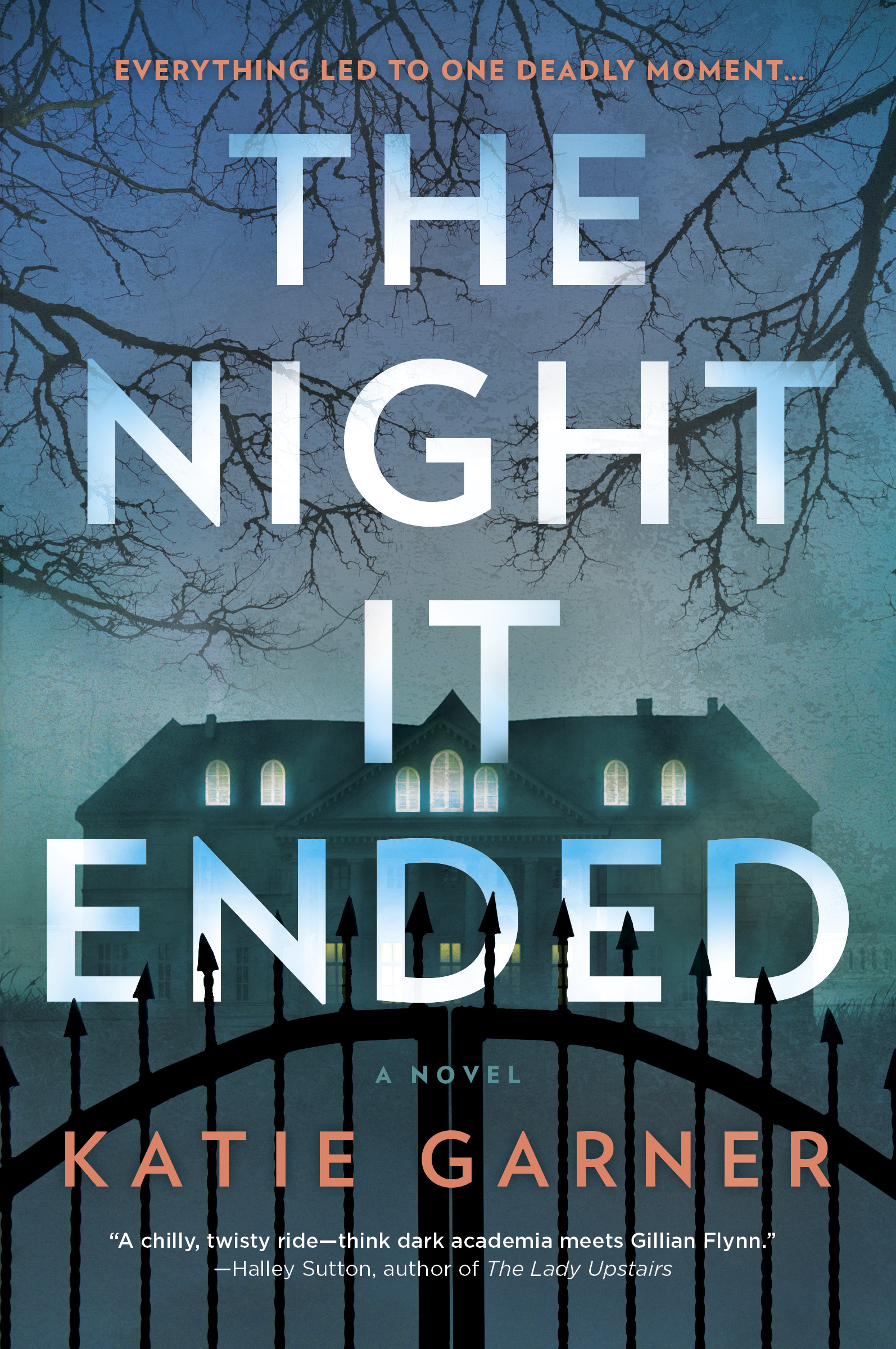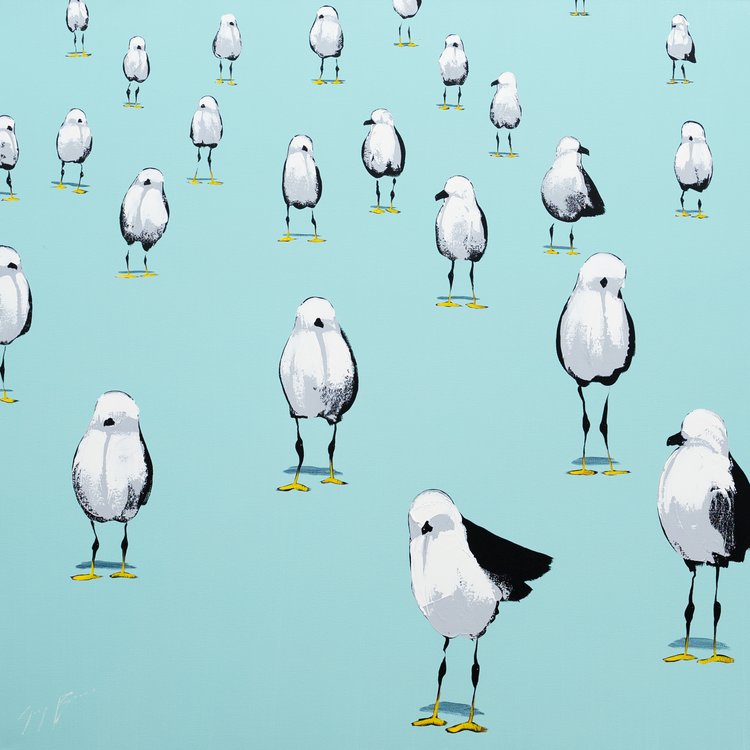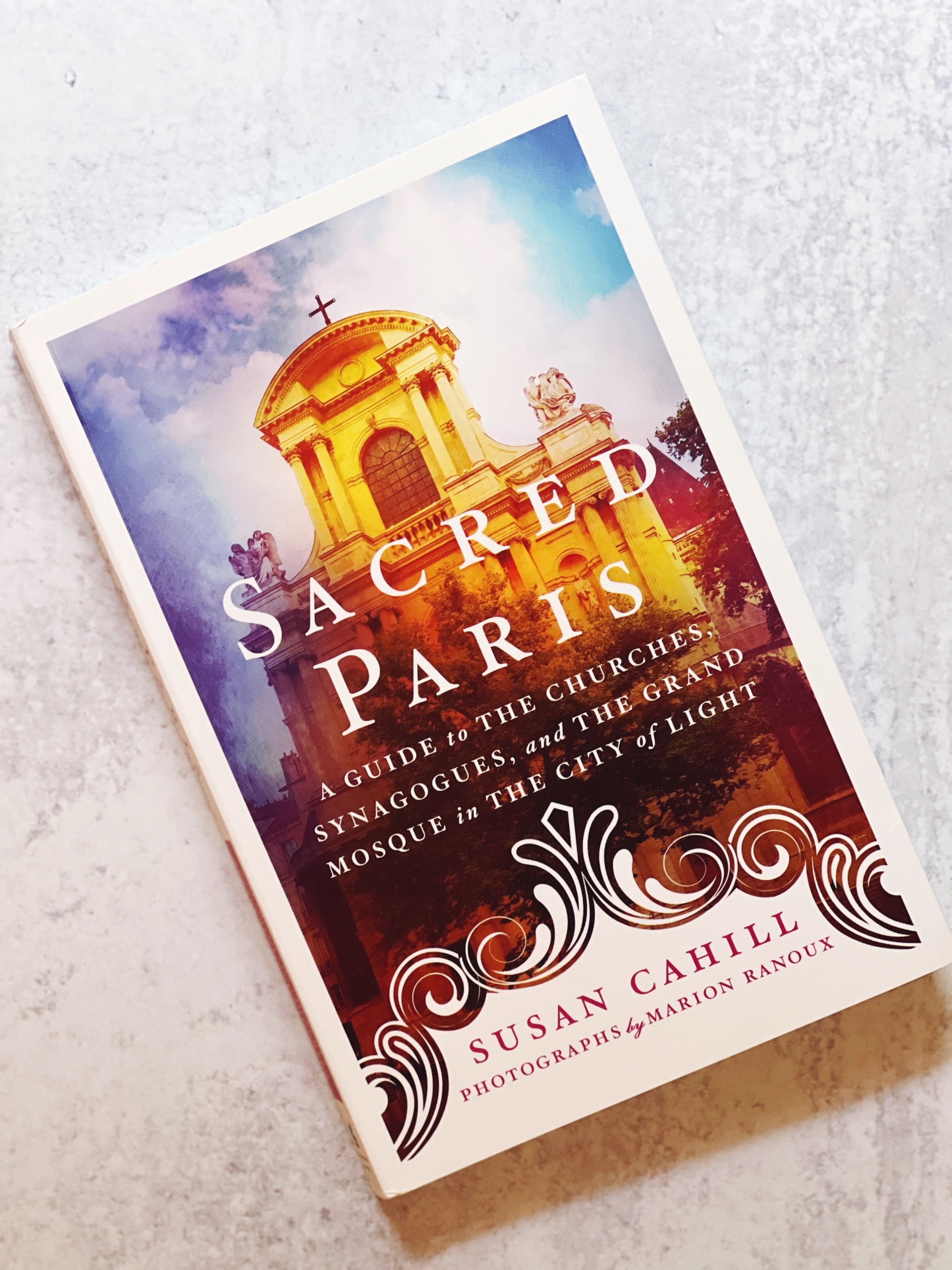
If you love all things Paris, there is a beautiful new book from Susan Cahill, the author of The Hidden Gardens of Paris and The Streets of Paris. In her latest book, Susan pairs up with photographer Marion Ranoux again to share about the churches, synagogues, and mosques of the City of the Light. The book, which is divided by major geographical locations gives both world travelers and armchair travelers alike an inside look into the rich history of Paris.
In this interview, Susan shares her research process including one of the most interesting finds she made during the years that she visited the different locations in the book, which of the churches was her personal favorite, and how she’d spend the perfect day in Paris.
When were you first inspired to write your latest book, Sacred Paris?
Walking in Paris, you see so many beautiful buildings, gardens, and people of all ages, but the churches are unique. Inside there is quiet and visual drama; outside there is architectural grace and originality. These are places of joy. They take you by surprise. You come back to some of them, again and again.
During the research process, what was one of your most exciting finds?
The effects of the 12th-century restorations of sculpture and statues – the Smiling Virgin of the 12th-l3th century in St Germain des Pres. Then the North Window in the Cathedral of Notre Dame, the deep medieval blue is the original 13th-century glass and was not damaged by the fire of April 1019.
You’ve visited all of the churches and some of the synagogues and the Grand Mosque in the book. Out of all of the locations that you shared which is your personal favorite?
St. Germain des Pres on the Left Bank, especially during one of its many night-time concerts. And I must mention the small Mansart Chapel in the back of St Severin on the Left Bank.
The book is divided up into major geographical locations, where do you recommend exploring first?
Follow the Left Bank first because it – and its churches – are the oldest.
Where is the oldest church in Paris?
There is controversy about this: some claim St Julian le Pauvre, near the Seine, opposite St Severin. Others St Germain des Pres
Each year you spend a few months in Paris. How would you spend the perfect day in the City of Light?
Start with café, croissant, and Le Monde in the back room of Café de la Mairie facing St Sulpice (Albert Camus’s favorite morning café); then, if there’s sunshine, go up to the Cathedral of St Denis for the stained glass and the Light; then walk south to Colette’s Palais Royal (taking a detour through the winding hilly streets of Nobel Prize winner Patrick Modiano’s Montmartre); sit in the Luxembourg, enjoying a picnic lunch en Plein air, reading & people-watching & hanging out with a friend; shop in the great Left Bank bookstores. Stroll around the Sorbonne, then west for a drink in the bar of the Lutetia (a favorite of Joyce, Matisse, and Picasso).i
As a finale, enjoy the ballet at the gorgeous Opera Garnieriending with a late dinner at the tucked-away restaurant in Square Recamieri where the Obamas dined in Paris.
Over how many years did you spend exploring the locations in the book?
Two to three years.
Marion Ranoux, a native Parisienne and freelance photographer, contributed the photography for Sacred Paris along with two of your previous books, The Hidden Gardens of Paris and The Streets of Paris. What was it like having the chance to work with her again for your latest book?
She is professional to the core and the effects show. She is also ma belle fille whom I love dearly. (We both love the ancient wine bar La Taverne Henri IV facing the statue of Henri IV on the Pont Neuf.)
If you were to write another book about Paris, what aspect of the city would you like to explore and share with your readers?
Great courageous women of France.
Pick up your copy of Sacred Paris.



